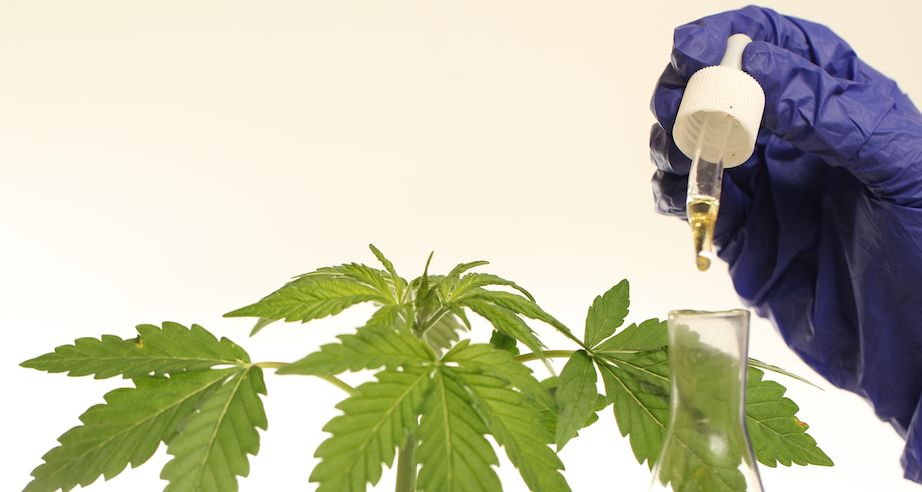11.21.2025
Sausage casings bulletin, November 21, 2025

...

THC remediation is a growing market and with swiftly evolving technology and proprietary processes. THC “free” products like NDT Broad Spectrum Extract have seen price erosion, as with other hemp prices, and operating efficiency is a high priority. Innovation is occurring in real-time, and companies are working towards patenting processes or equipment. There are a number of techniques used to reduce THC within acceptable limits of quantitation (LOQ), all generally relying on various methods to degrade or separate THC molecules using solvents, heat, enzymes, or oxidation. Operators closely guard their column media along with their other IP, leading Dr John MacKay to refer to these typically silica-based products as “magic sand”.
Chromatography is the go-to process for THC remediation, mostly flash chromatography, a process that applies pressure to speed up separation, and has high operating costs attached. The costs are in the $200-$300/ liter range, adding significant overhead to each Kg or liter of end product. Solvents – along with ancillary recovery systems – add to costs, and labor demands can be substantial, requiring a skilled operator.
New technology like the harmonic distillation process developed by REM Technologies and marketed through Vanguard Scientific have the potential to upend the economics of THC remediation. Tolling fees for remediating crude extract to NDT broad spectrum have historically exceeded $1/gram but that price has fallen to sub $.30 cents/gram in some cases. Costs to operate the REM D9 series are a fraction of that needed to operate a chromatography system.
REM isn’t the only system that is vying for processor dollars. RotaChrom is marketing a higher-throughput system that uses their “centrifugal partition chromatography”. Their system appears to lag well behind REM’s whose machine is advertised as capable of 70 liters/day. The ton-and-a-half beast requires a stout home and puts out broad spectrum extract at less than half the rate of the D9.
Yet another technology for remediation comes from Precision Extraction Solutions. Called “T-SEP” for THC separation, they employ a liquid-liquid separation process that uses a proprietary blend of solvents to “wash” the crude of remaining THC molecules. All of these new processes lack the precision that chromatography does, but are able to achieve 99% removal. They all have their pluses and minuses, like the harmonic distillation methods expected loss. A 3% THC crude will experience 15% loss of cannabinoids, which is significant compared to chromatography.
Operating costs for the various methods can range from several thousand to several hundred dollars a day for the harmonic distillation. At an estimated cost of $5/liter to run, the REM technology is appealing from an efficiency and profitability standpoint.
The question for anyone in this market though, is what tech is on the horizon? Mush like computer purchases at the turn of the century, they may be outdated by the time you get it going, and will have ongoing wrinkles to iron out. The same predicament exists today for iPhone users, who may hold out for biometric security or LIDAR, but innovations in THC remediation will be far more dramatic than the incremental ones with Apple. The REM unit costs an estimated $500,000, which is half or less what a chromatography system sets you back.
The software is much of the product when it comes to the REM system. This shows how much opportunity there is to further refine processes when it comes to extraction and remediation, considering all the different variables one can manipulate to produce differing results. The level of sophistication in this extraction or remediation space is increasing rapidly right now, and operators are set to develop more novel formulations that achieve some level of precision in consistency, as per normal in the pharmaceutical industry.